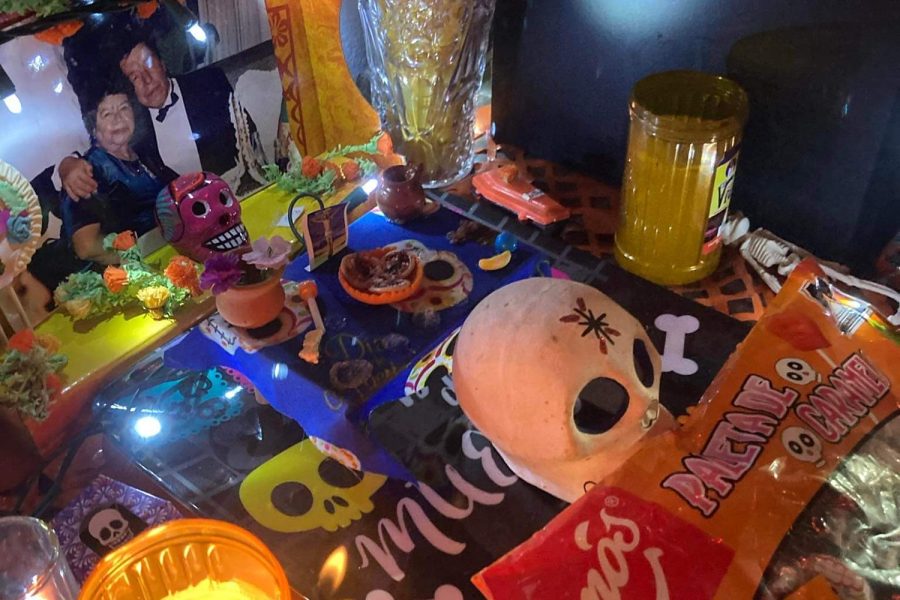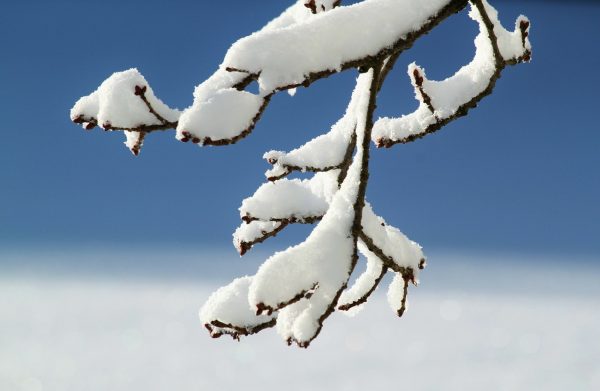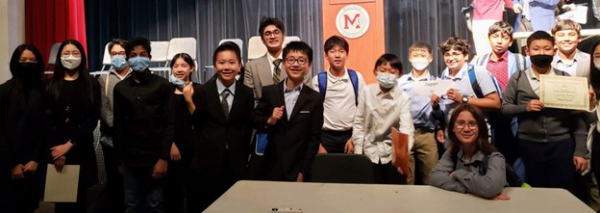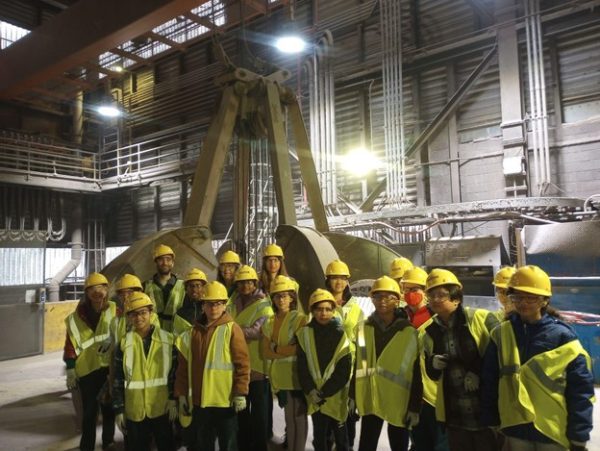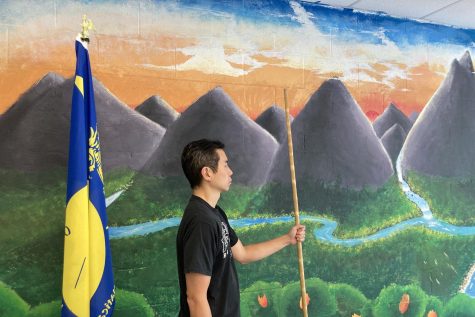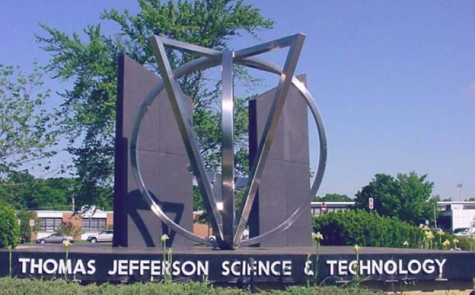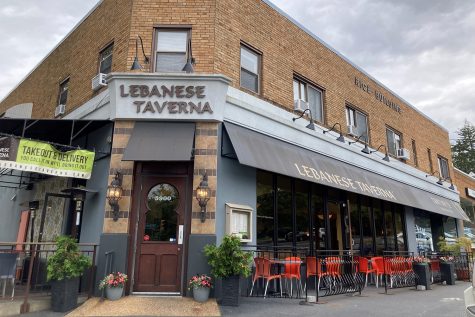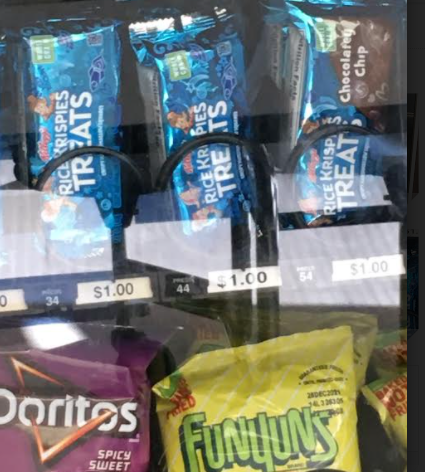Dia Des Los Muertos Celebrates the Dead to Honor Them
Alters like these are set up to honor deceased family members every year on Dia Des Los Muertos
Dia De Los Muertos is a holiday celebrated on November 1st and 2nd. Many people in Mexico celebrate this special day to honor the dead. Decorating homes with skulls and other creations to represent the dead is a big part of Dia De Los Muertos.
Attendance Secretary Juana Murray celebrates the holiday annually.
“We set up an altar with photos of the person that passed away, and we also have flowers that are called cempasúchil, which are orange.
Food is a big part of Dia De Los Muertos. Many Mexicans make special dishes to honor their loved ones.
“After the altar is set up, you cook their favorite meals and make their favorite drinks,” explained Murray.
Some popular dishes in Mexico on the day of the dead are Tortilla Soup, Tamales, and Red Pozole. The preparation on October 31st takes a lot of time. Mexicans set up their ancestors’ ofrendas, which are wooden altars with many decorations placed on the surface. Then, they lay out the food, water, and other offerings.
“You have to have candles, plain water, and salt,” said Ms. Murray.
Each of these items represents something of the Dia De Los Muertos holiday.
Candles are found in many places of the home on Dia De Los Muertos. The flame of the candle represents hope and faith. Celebrators of this day believe that the light from the candle leads the soul’s way to the ofrenda. Water is set on the ofrenda to quench the spirits’ thirst along their journey to the afterlife. Lastly, salt represents the continuance of life after death. Usually, the entrance of the house is decorated with the petals of the flowers. Set up starts a few days before the holiday to ensure everything gets done.
Many Ofrendas are decorated with colors, including purple and orange. These are the traditional colors of the Dia De Los Muertos holiday. Ofrendas are then often decorated with papel picado, popular paper cutout crafts. The papel picado used for the holiday will feature specific images associated with Day of the Dead, such as cutouts of paper skulls. Spanish teacher Eric Watson decorated his classroom with papel picado to make it more festive for the holiday.
In Mexico, there are parades taking place on the streets. People dress up as devils, angels, and other characters to honor everything on this special day. Celebrators often visit the cemetery to decorate and cherish the grave of their ancestors.
“Families play music that the loved one liked,” continued Murray. “When it is dinnertime, families talk about experiences with the person.”
Back in Mexico, you have sugar skulls of the dead. Sugar skulls are little craniums from the head. These are made out of sugar and colored to your liking. Sugar skulls are usually placed on an altar, representing a departed loved one.
“You made the sugar skulls with white sugar and shiny paper to print the person’s name on it. We also decorate with papel picado to shape anything in remembrance of that person.” Ms. Murray stated.
The history of the Dia De Los Muertos goes back 3,000 years to the rituals which honor the dead. According to the website dayofthedead.holiday, after death, the soul is believed to travel to the Land of the Dead named Chicunamictlán. Only after traveling and getting through nine challenging levels and a journey of several years will the person’s soul finally reach the final resting place, Mictlan.
This special day represents the loved ones who have passed onto the afterlife. Many celebrations take place along with decorations and treats to represent the true meaning of the day of the dead. Those who celebrate Mexican heritage have beliefs and rituals to honor their ancestors, who also celebrated Dia De Los Muertos thousands of years ago.
Dia De Los Muertos helps the souls in multiple ways. The journey to the afterlife is very challenging, and the souls need all the help they can get. All of the rituals done on this day have their own purpose to support the spirits throughout the difficult levels of the afterlife. The souls appreciate all of the offerings, and they enjoy the reunion with their families.


